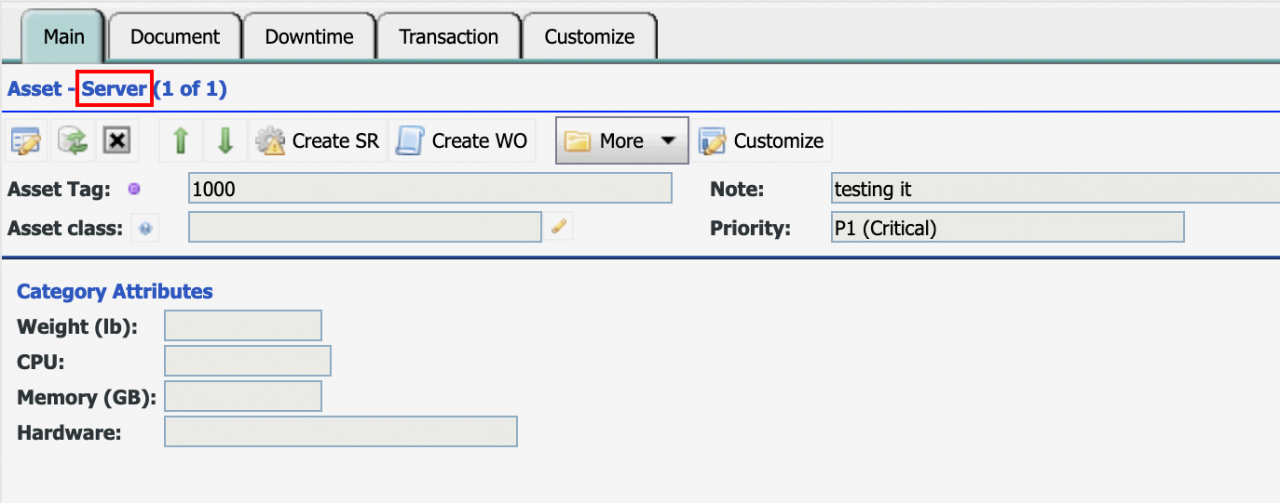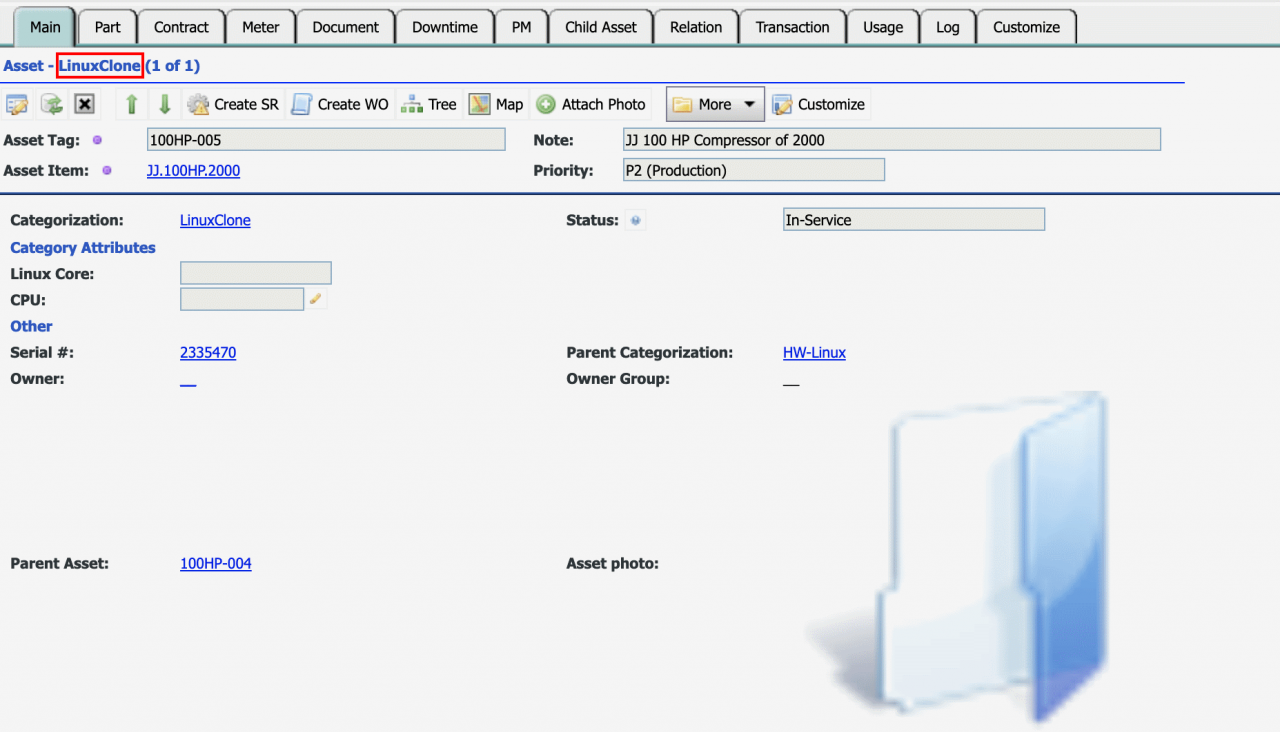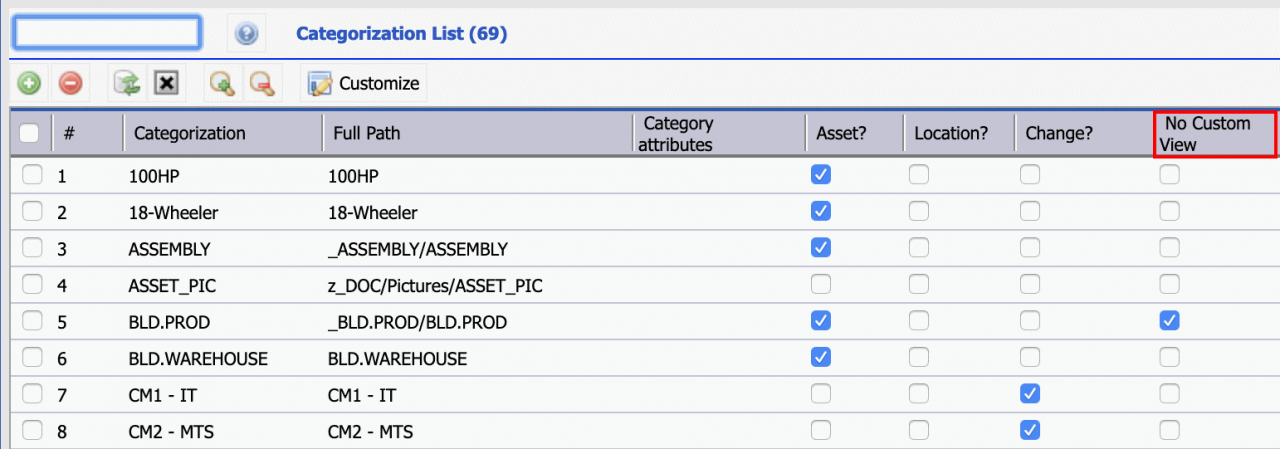Calem Blogs
How to Customize Asset Forms with Class (Categorization)
Class (previously Categorization) allows one to group objects in Calem based on their category hierarchy. It also provides features including attributes and view customization. This blog discusses the view customization based on class. Asset object is used here as an example. The concept is applicable to other objects such as location.
1. Form Customization and Class
Assets with class codes assigned may have customized forms based on class codes. For instance, the screenshots below shows an asset screen of class "Server", followed by an asset of class of "LinuxClone". The screen layouts are specific to their classes.
When you customize an asset form, Calem uses the asset's class code to retrieve and save the customization. The class code ("Server") is shown in the form title if a form is customized for a class.
2. Turning Off Form Customization by Class (Categorization)
The feature of form customization by class is great if you need to have customized views by class code. However, if you need all your asset forms to look the same. The class code may get in the way. For instance, you may run into the following issue:
- You customize the asset form based on your requirements.
- The customization looks good after you save the customization.
- However, when you opening different assets to verify your customization, you find an asset that do not have the customization you have just saved.
- This happens when your customization is done for a specific class code, and not applicable to assets of no class code, or of different class codes.
2.1 Customize an Asset without Class Value
It is frustrating to have a customization working for some assets, but not for others. The first thing to avoid the issue is to select an asset without class value to customize.
- This rule applies to assets as well as other objects such as locations that have class codes.
- The customization for an asset without class is applicable to both assets with and without class values, excepting assets with class values having own customization (for their class values).
- For instance, click line 2 or 4 (an asset without a class code) to open the asset form and customize it. Customizing asset form from asset of line 2 and 4 (with class codes) will cause customization for the class codes (unless custom view is turned off at the class code - see next section).
2.2 Turning Off Customization for Class Codes
The class code based customization can be turned off at code level.
- Edit a class code to turn off customization by checking "No Custom View" field.
- The following is the list view showing view customization for categorization codes (menu path: Organization | Codes | Class List).
- You may also use data export/import to bulk update the flag.
2.3 System Configuration
Class code based customization can be turned off at the system level through configuration. Contact your Calem Support Team to turn off the feature for your service.
Additional resources
Related Posts
By accepting you will be accessing a service provided by a third-party external to https://eam.calemeam.com/




